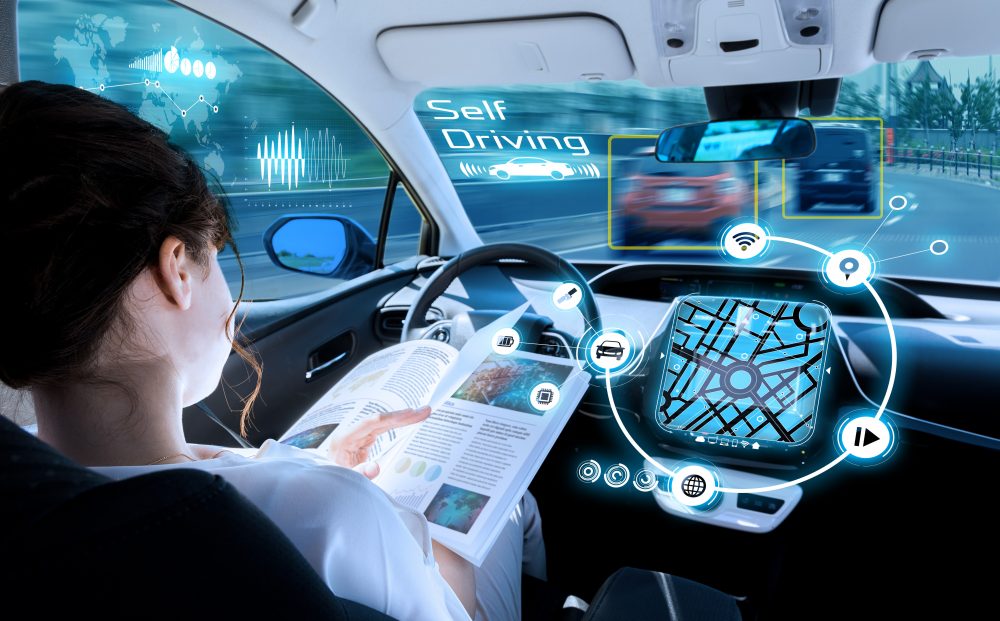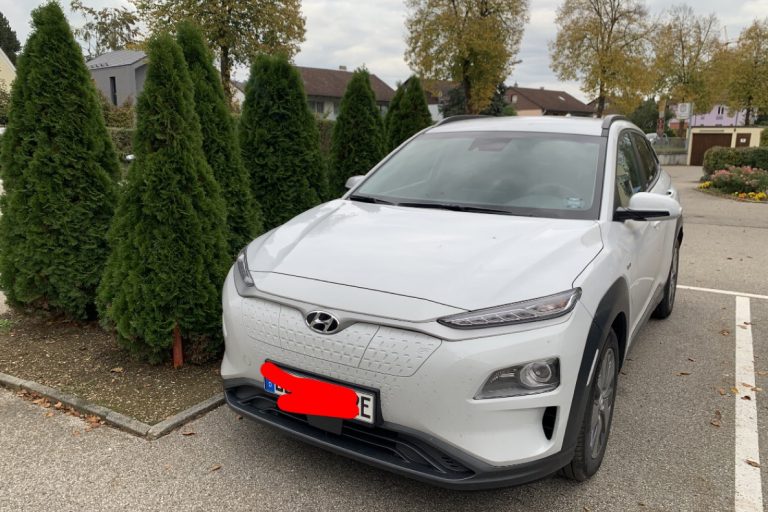From the invention of the first steam engine to the regime of self-driving cars, the automobile industry has experienced an unprecedented transformation and progress. Now the focus of automobile manufacturers is on the development of autonomous driving systems rather than improving the designs of existing models. It is due to such rigorous research and development ventures that the autonomous driving system has covered the distance of going from the “maybe possible” to the “definitely possible”. There are estimates that driverless technology will contribute an additional $7 billion into the global economy. Furthermore, if companies like Tesla, Google, Nissan, General Motors, and Ford are pouring billions in the R&D of such systems, then undoubtedly, there is a lot of potential in this sector.
Most of the people intermix autonomous driving systems with self-driving cars. Irrespective of the general concept, which is autonomy, there exists a sharp but comprehensive distinction. While self-driving cars are the vehicles that are capable of commuting without any human intervention, an autonomous driving system is a system that makes this happen. It takes into accounts certain internal and external parameters, such as obstacles, speed limits, eco-energy parameters, route optimization, and passenger occupancy, to ensure human-less commute.
Requirements of Autonomous Driving System
Autonomous driving systems are largely being studied all over the world. While different models and simulations are being done to test its efficacy, it is very important to assess the associated requirements. To build effective and sustainable autonomous driving systems, it is very important to comply with the mandatory general and safety requirements.
General requirements lay down the basic system requirements to build an efficient autonomous driving system. On the other hand, safety requirements provide ways to avoid unpleasant circumstances. Following is the detailed literature on both of these requirements:
General Requirements
General requirements are those fundamental requirements that an autonomous driving system must satisfy. There are certain environments or parameters based on which these general requirements have been grouped.
Following are the explicit requirements found in a research at the Technical University of Dortmund about each general requirement group:
1. Simulation & Execution’s General Requirements
- It is imperative for the autonomous driving system to enable vehicles to drive with the same behaviour, both in virtual as well as the physical world.
- The autonomous vehicle needs to be controlled by some driver controllers related device.
- The driver controllers should be equipped to enable and disable the autonomous driving where required.
- Without the presence of street signs, the driver controllers should envoy the intention to turn.
- It should be equipped to overwrite the autonomously generated commands, such as deceleration or acceleration. Therefore, should be able to disable the autonomous driving mode.
- The driver controllers should be able to enable and disable the emergency brakes system.
- The driver controllers should be able to enable the left and right turn indications as well as brake indication in case of deceleration.
- In the driving mode, the autonomous driving system must accelerate the vehicle at a speed of 0.4 m/s, at least.
2. Semantic Understanding General Requirements
- It is required from the autonomous driving system to identify non-drivable and drivable parts on road bending, straight streets, and intersections.
- An autonomous driving system must identify obstacles as the non-drivable area.
- An autonomous driving system must be able to identify road signs as turning left, right, and stop.
3. Image Tagging General Requirements
- The image tagging utility needs to use those images that are shot in real life.
- The image tagging tool should be able to export the observations in the XML format.
- The image tagging tool should be able to process more than one image.
4. Controlling General Requirements
- The autonomous driving system needs to enable a vehicle to steer, accelerate, and decelerate in an autonomous manner.
- While driving on the X-intersection, an autonomous vehicle must be able to either go straight or turn left or right, as per navigation needs.
- While driving on the T-intersection, an autonomous vehicle must be able to either go straight or turn left or right, as per navigation needs.
- Once street signs have been recognized, an autonomous vehicle must turn left, right, or stop, 3 seconds before the intersection.
- In case no road sign has been recognized, an autonomous vehicle must continue going straight.
- In case of an obstacle, an autonomous vehicle must drive around it to avoid the collision.
- While on the intersection, an autonomous vehicle must decelerate.
5. Visualization General Requirements
- An autonomous vehicle should be able to display the information as well as drivable parts to the user via the attached screen over the WiFi along with overlaying drivable areas over the real camera image.
- An autonomous vehicle must be able to generate the bird’s eye view.
6. Benchmark General Requirements
- While driving on a straight path, an autonomous vehicle should not leave the right lane for more than two seconds and a driveable area for more than one second.
- While driving on a non-straight path, an autonomous vehicle should not leave the right lane as well as a driveable area for more than three seconds.
Safety Requirements
Safety requirements are primarily concerned to avoid any unfavourable circumstances such as accident or collision or any major failure which may lead to catastrophe. Following are the safety requirements for an autonomous driving system:
- An autonomous vehicle should avoid hitting a static obstacle.
- Autonomous vehicle steering, acceleration, deceleration, and emergency stop functionality should be overwritable via user input.
- If an obstacle is just 100mm closer, emergency brakes should be triggered.
Conclusion
As there are predictions that there will be over 15% of autonomous vehicles on the roads by the year 2030, a huge responsibility is upon the shoulders of automobile manufacturers and researchers. To ensure that autonomous driving systems provides better mobility and safe commute, above mentioned general and safety requirements are empirical to be followed. The general and safety requirements are comprehensive enough to pave ways for autonomous driving systems to play their part in reshaping the conventional mobility patterns. Indeed, autonomous driving systems are going to be the future, but the fate of their success is deeply rooted in compliance with both safety and general requirements.
References




